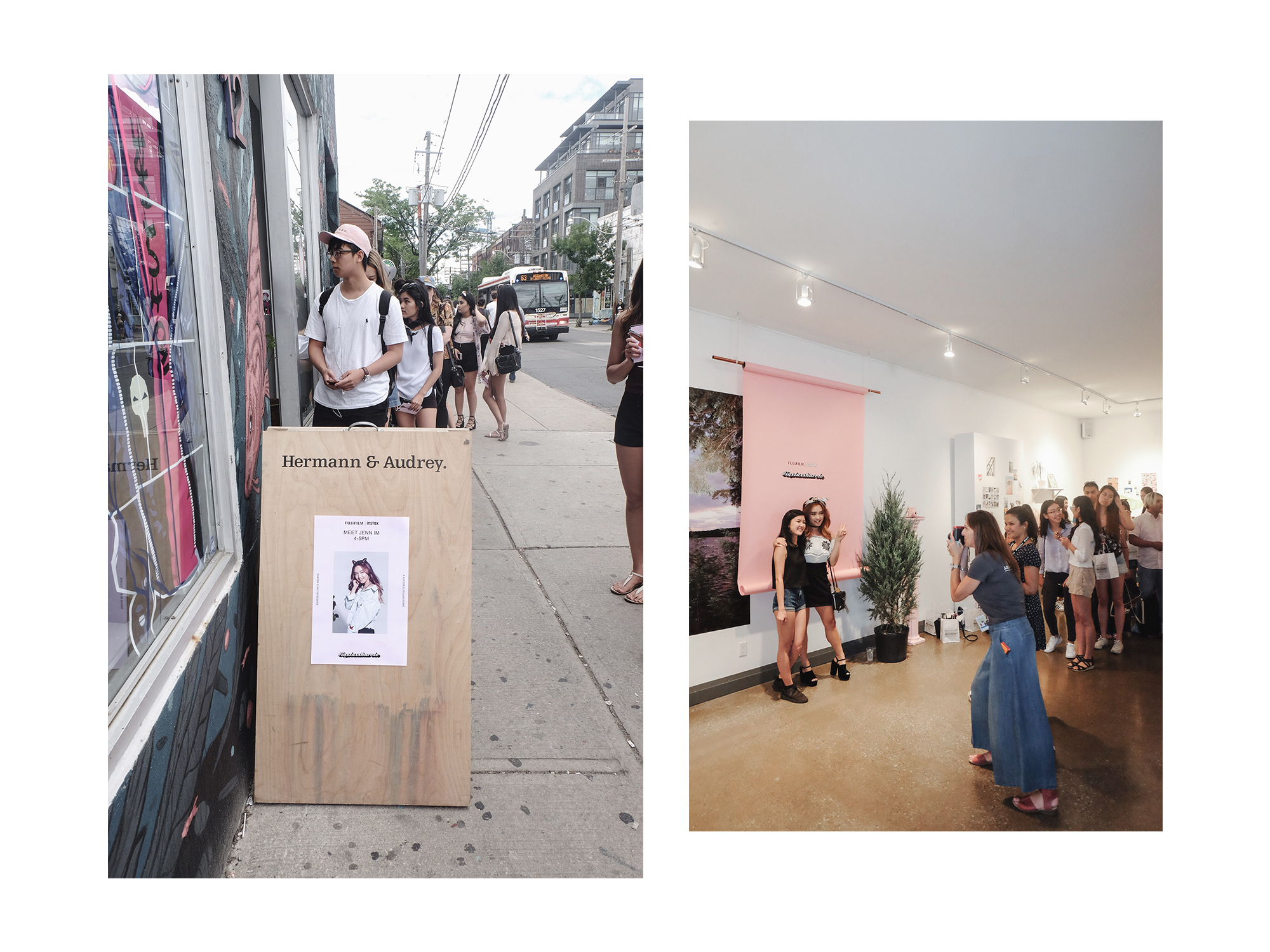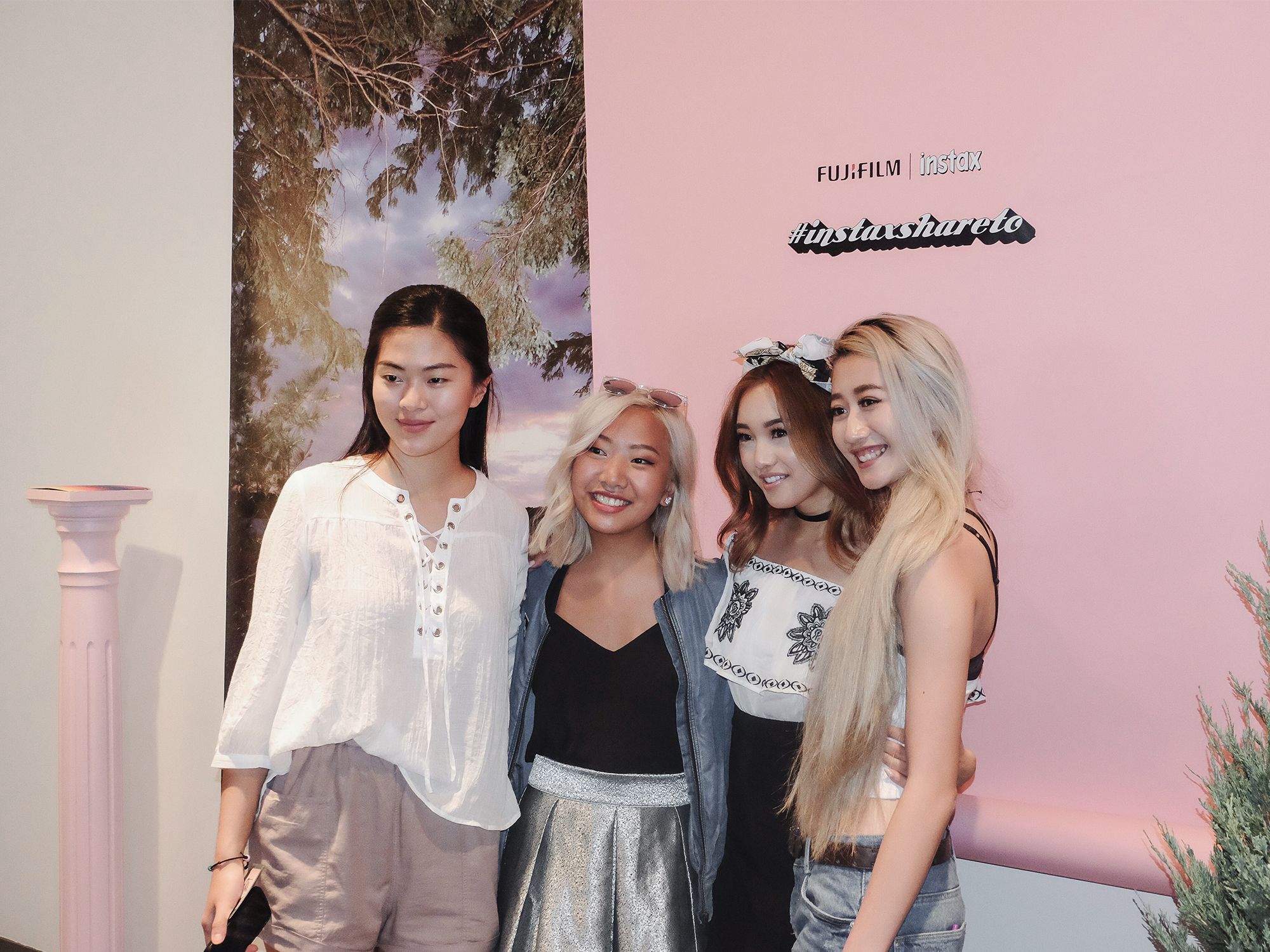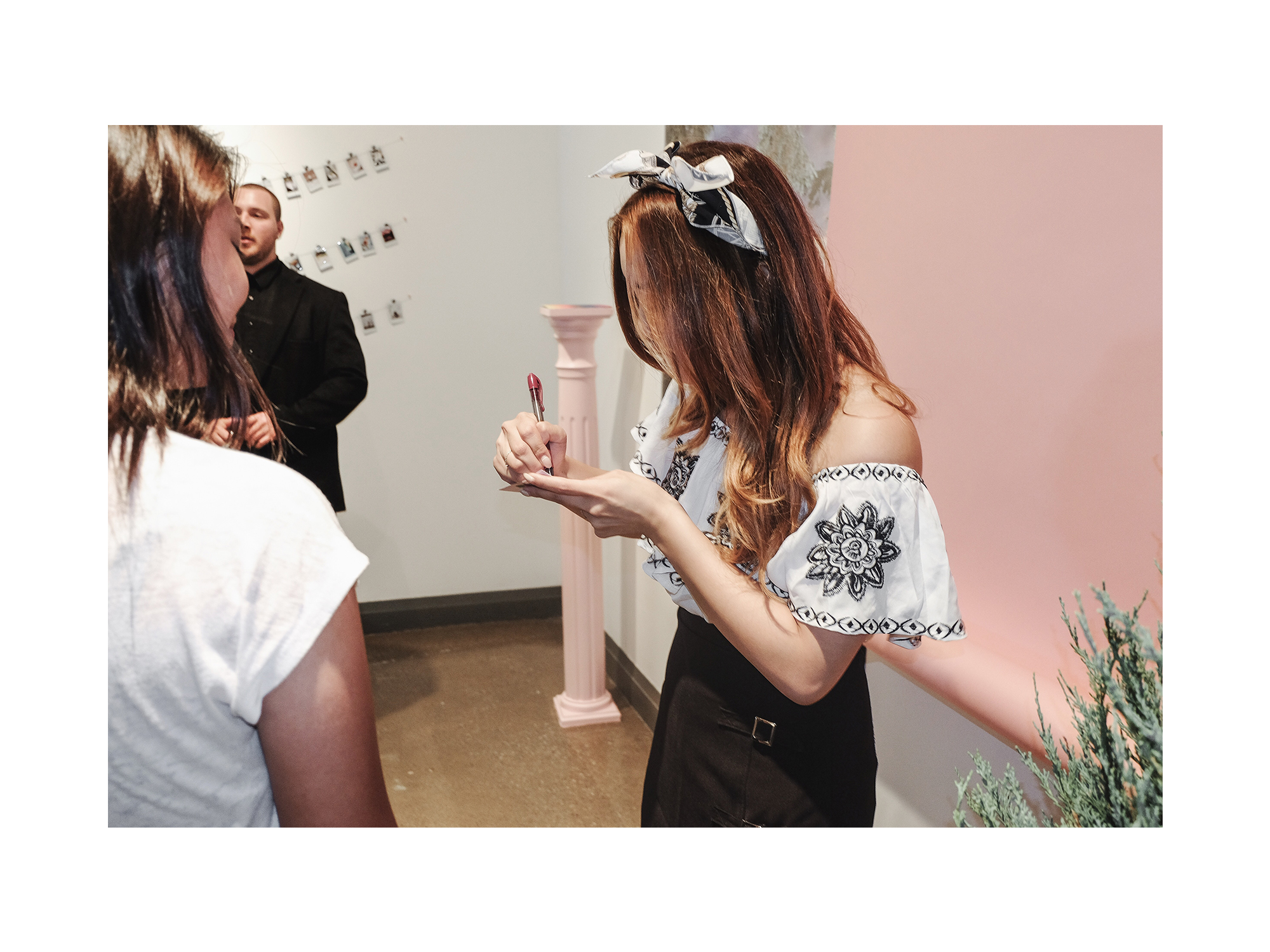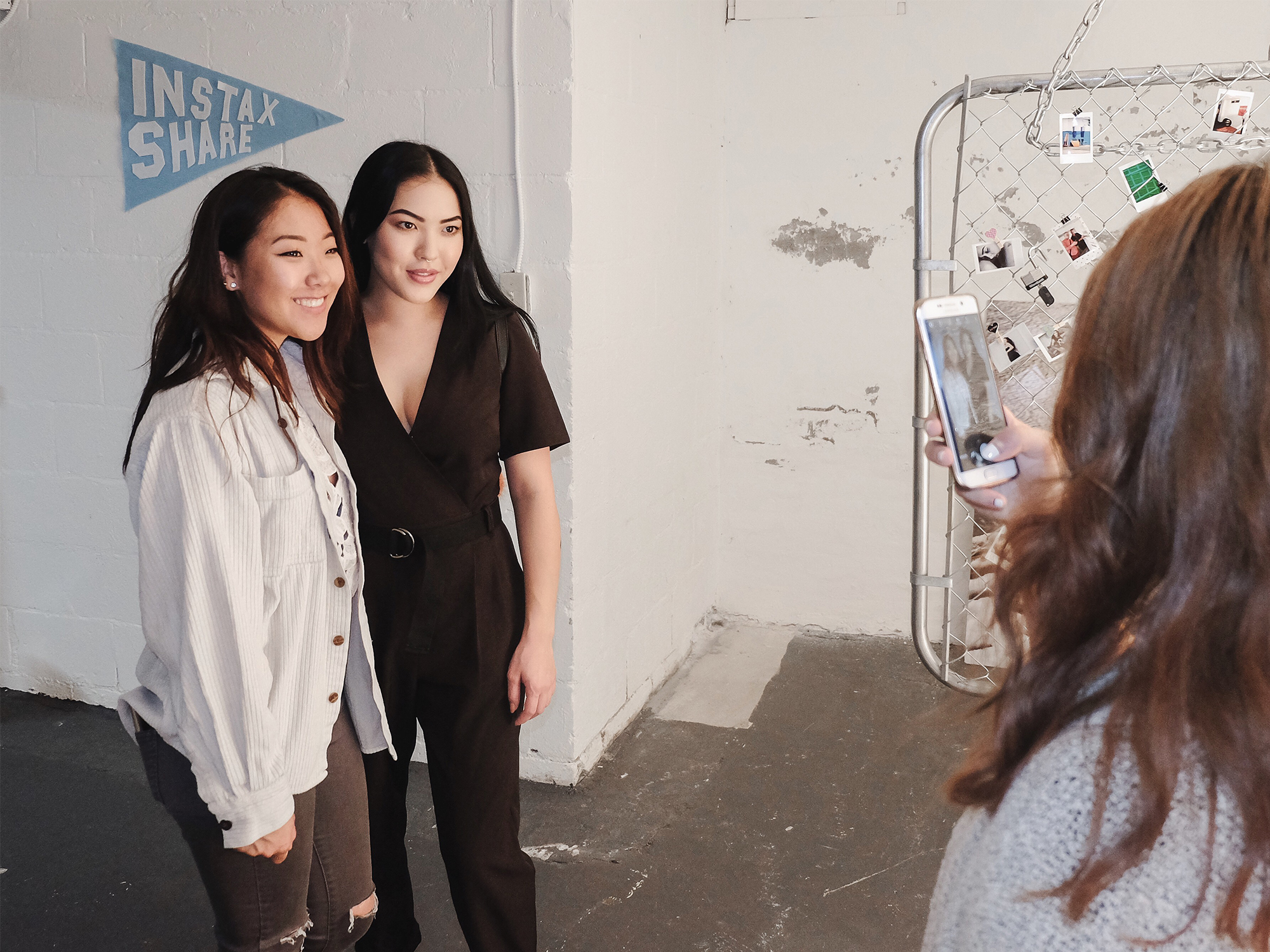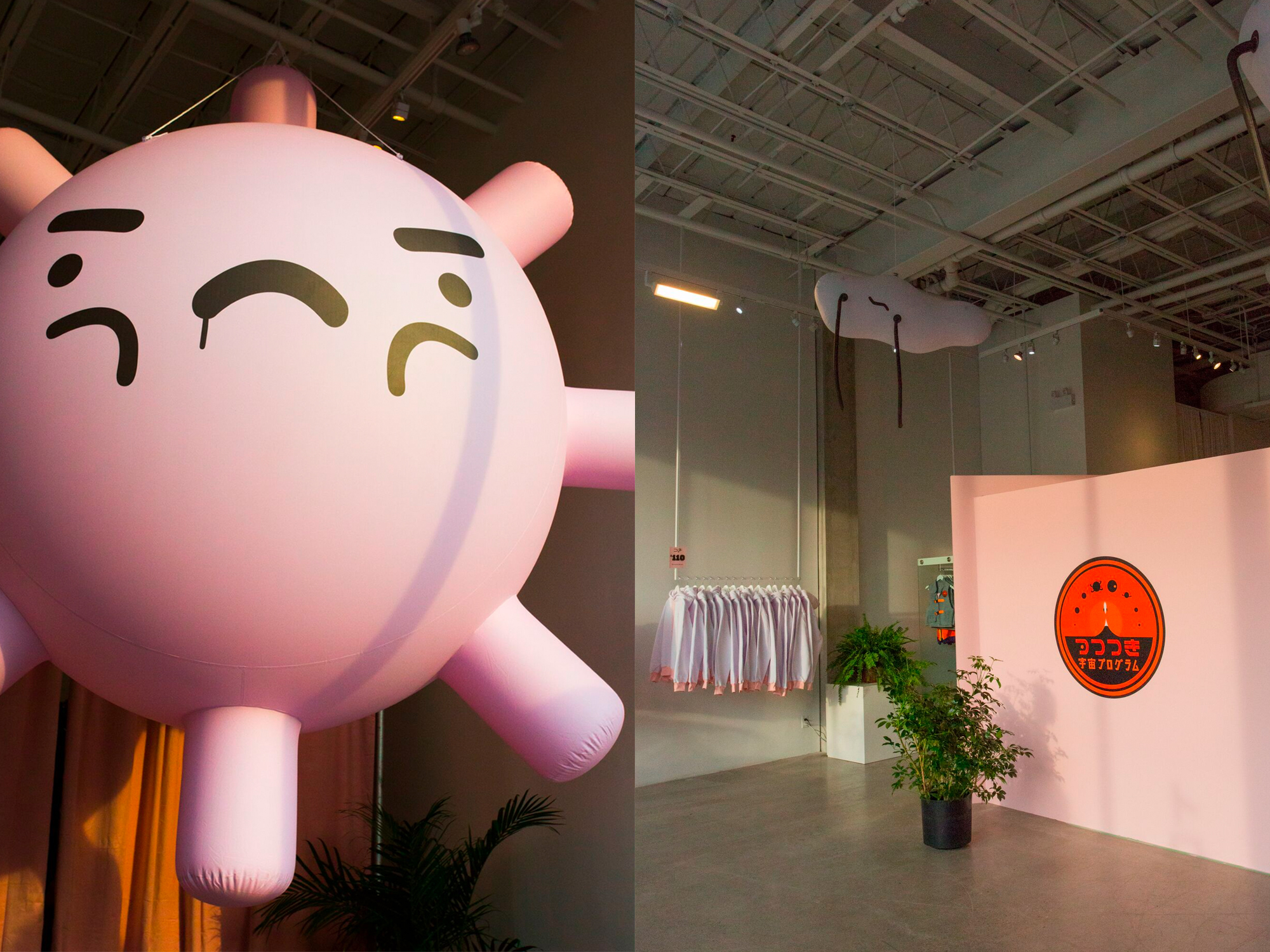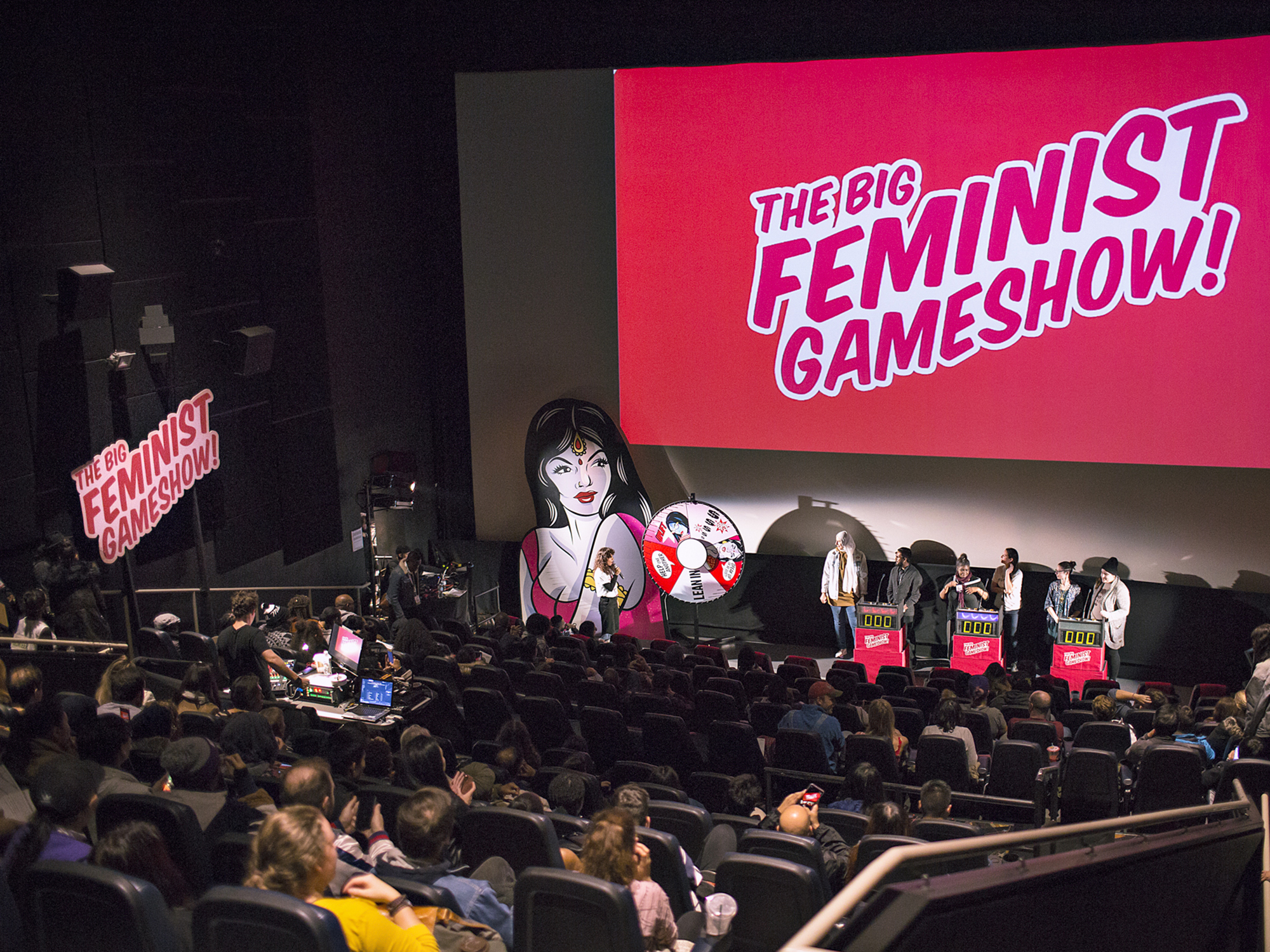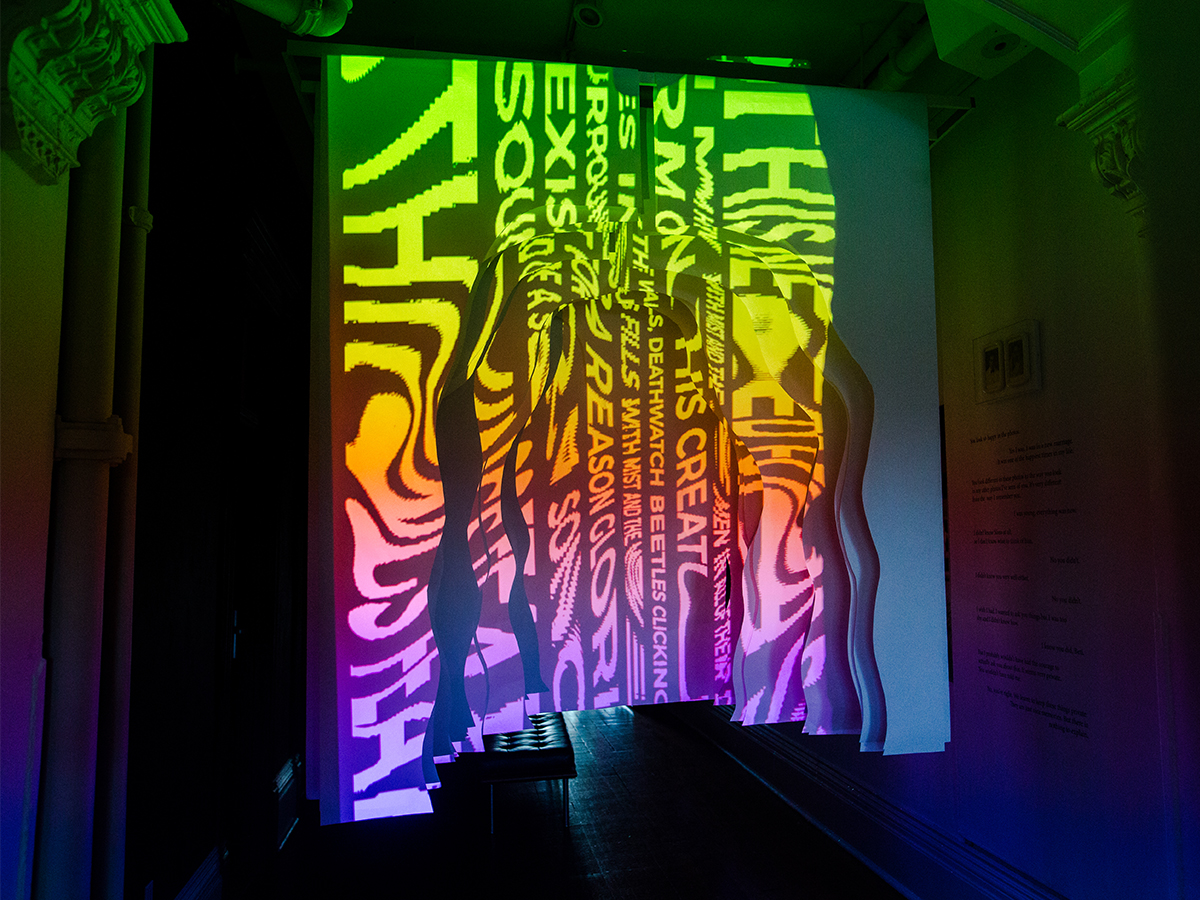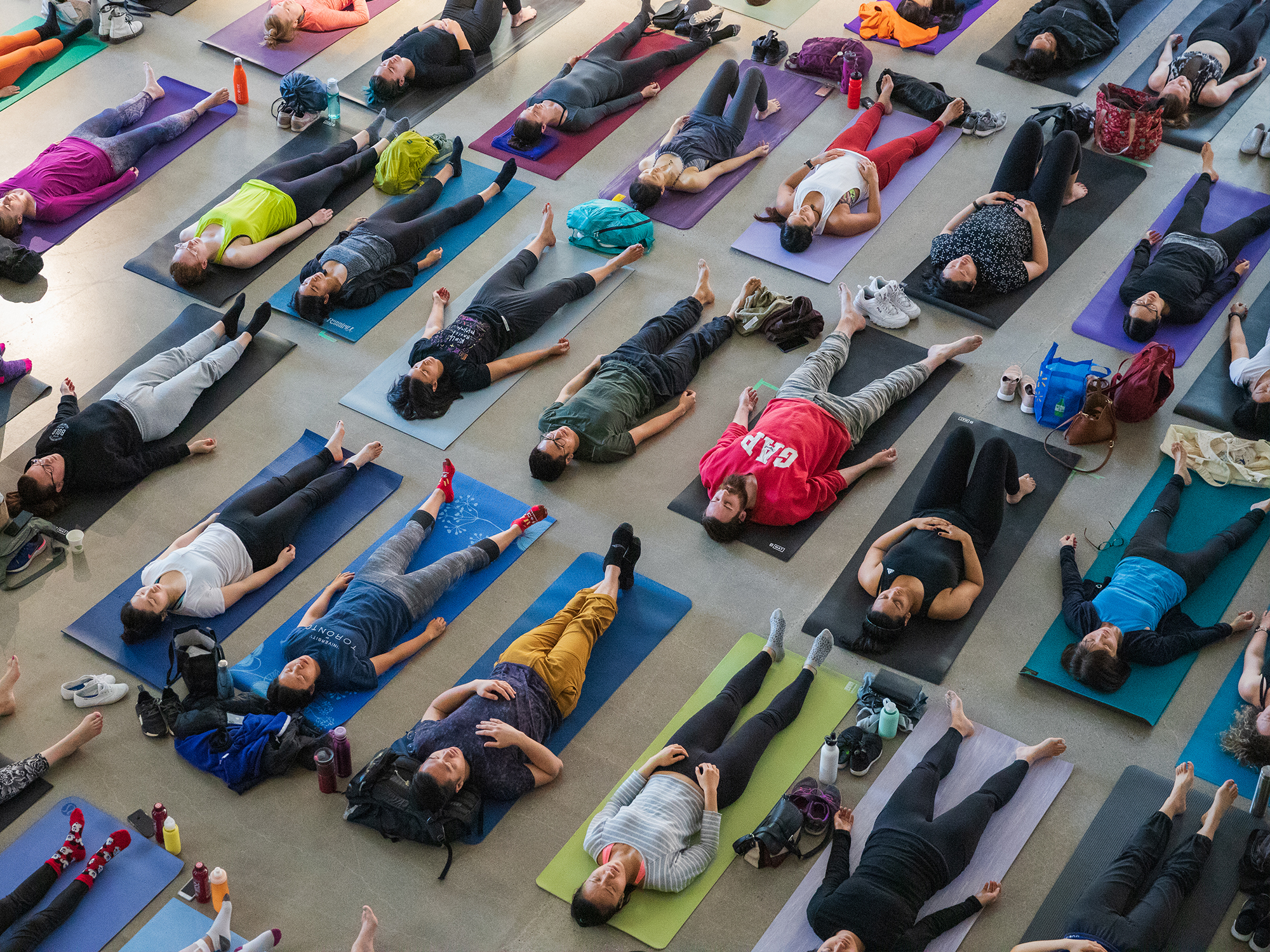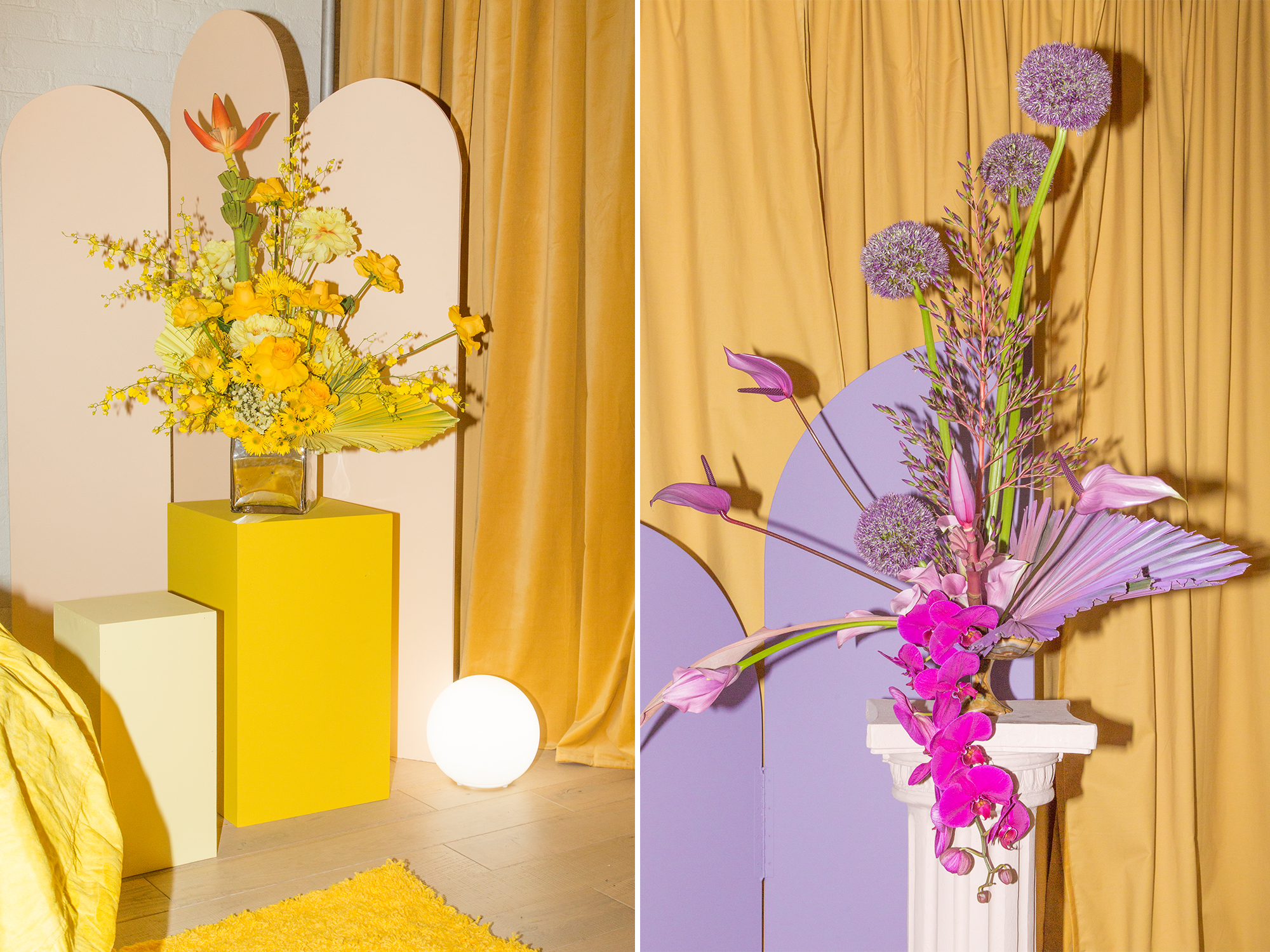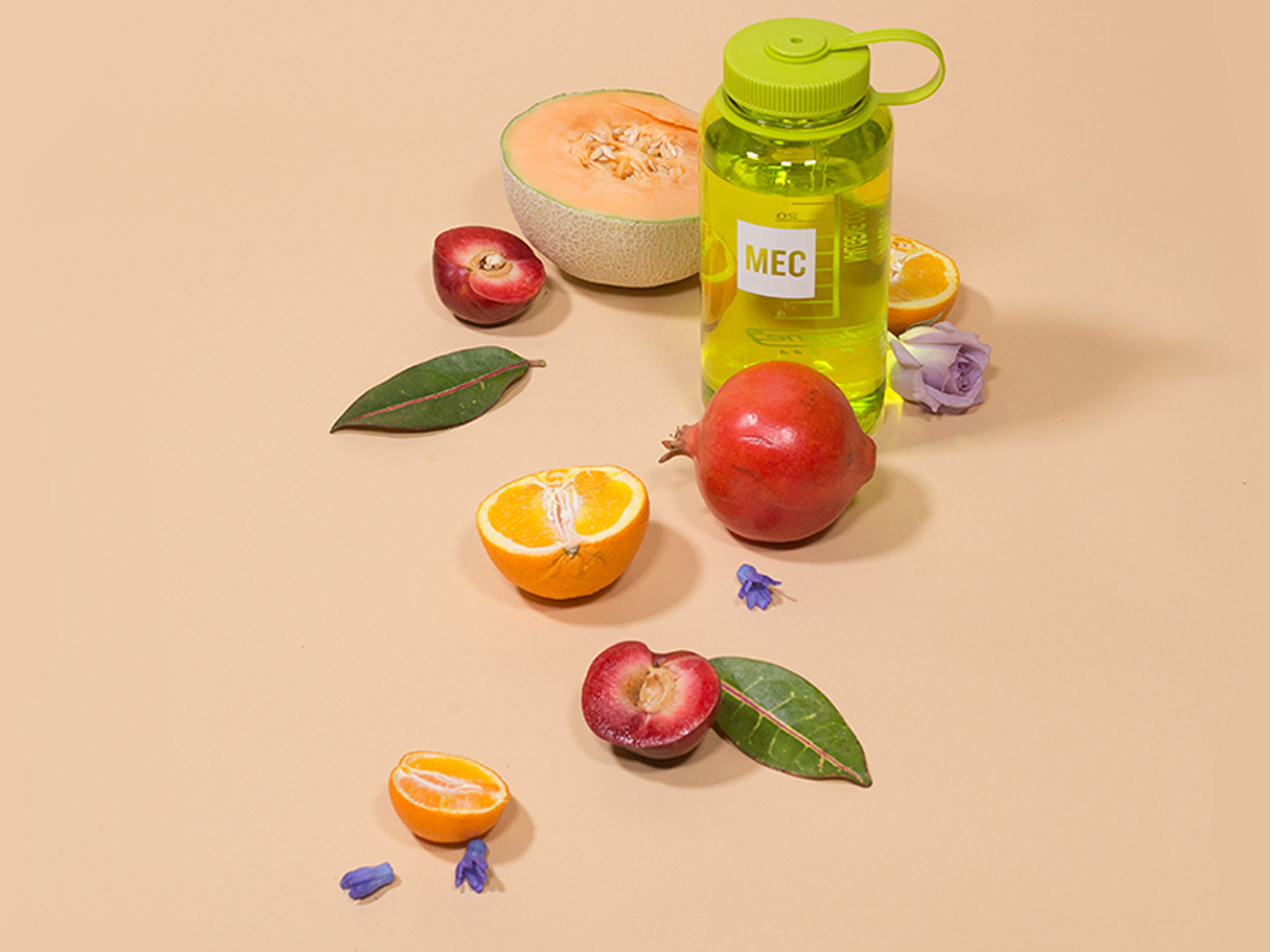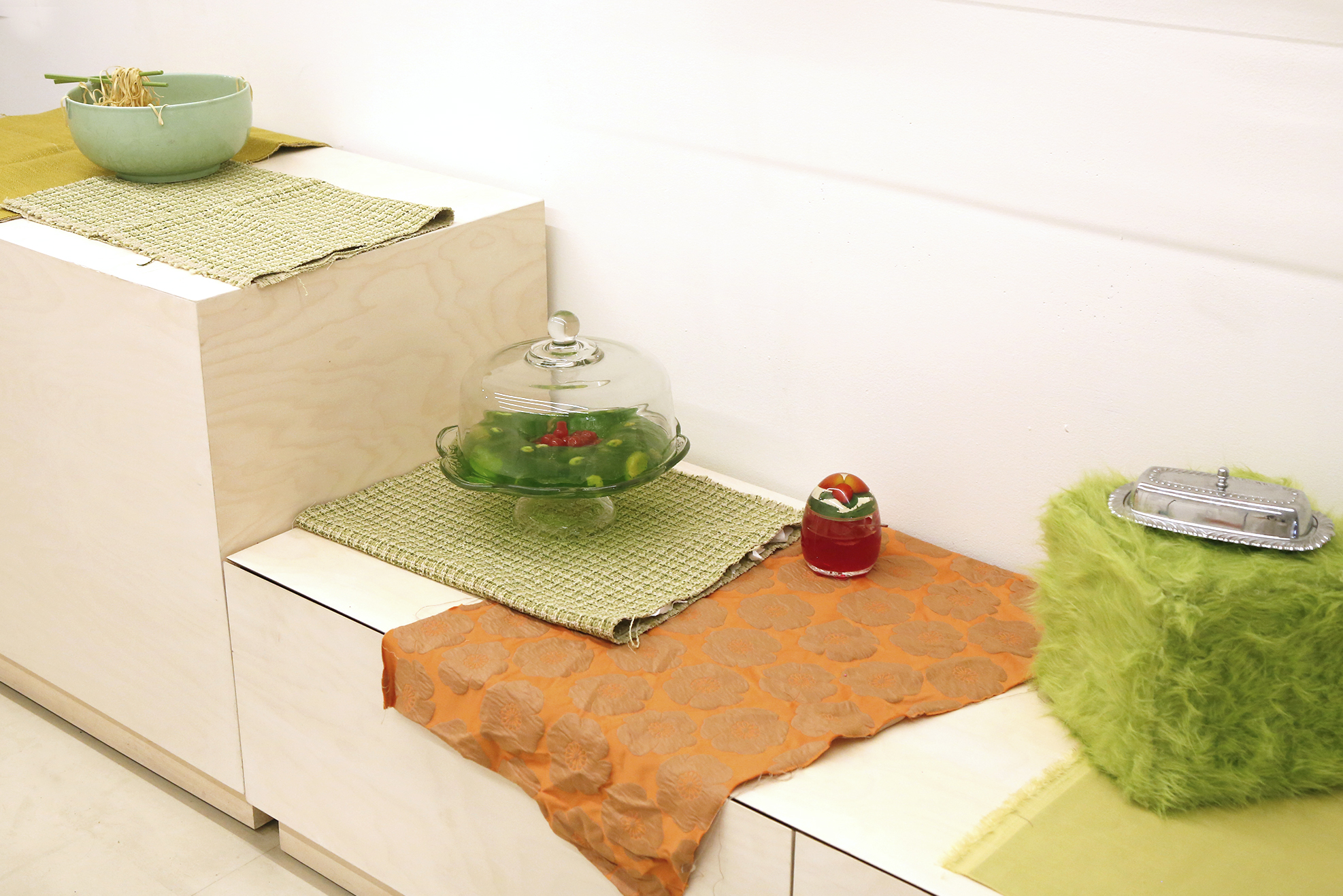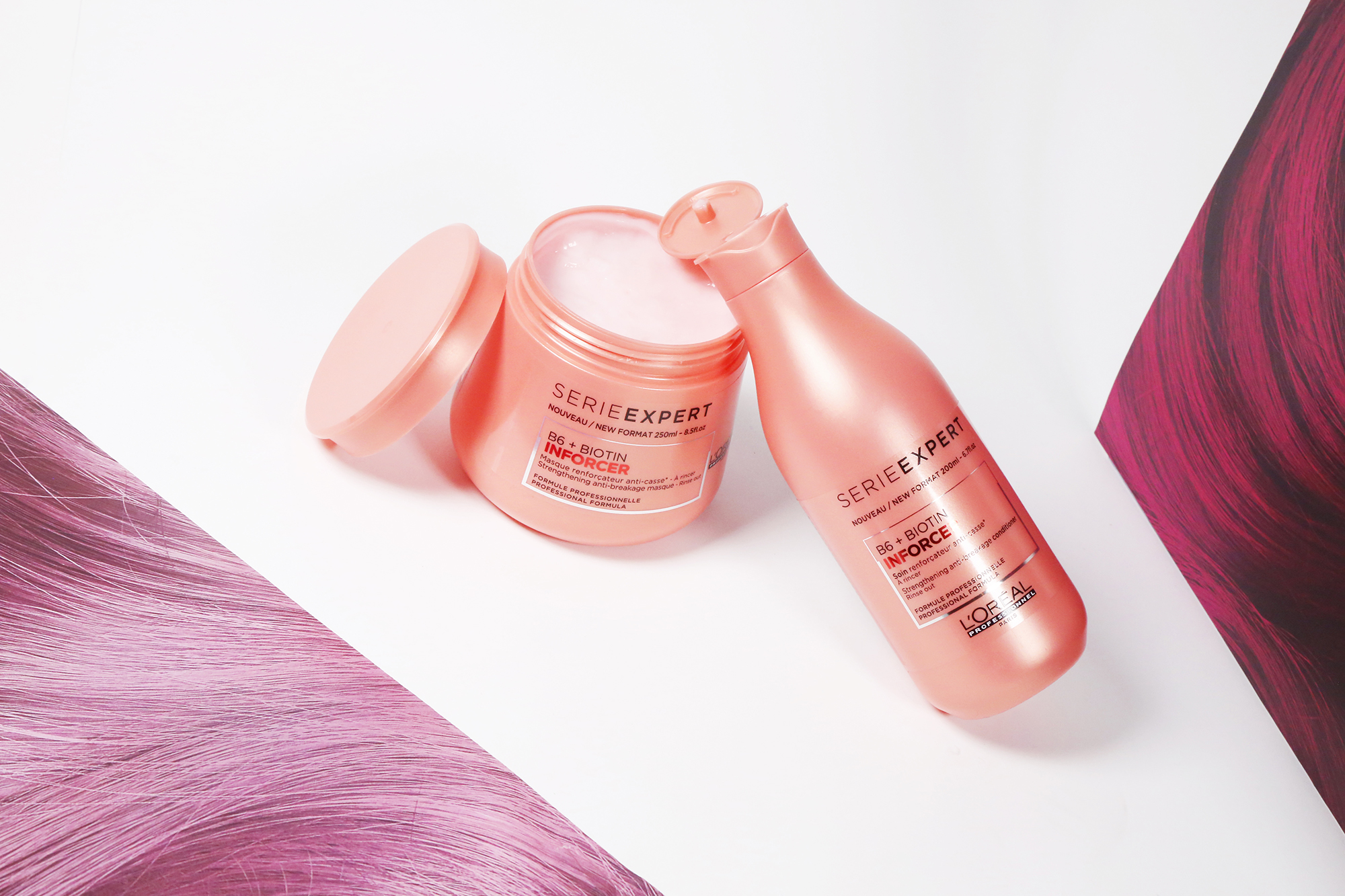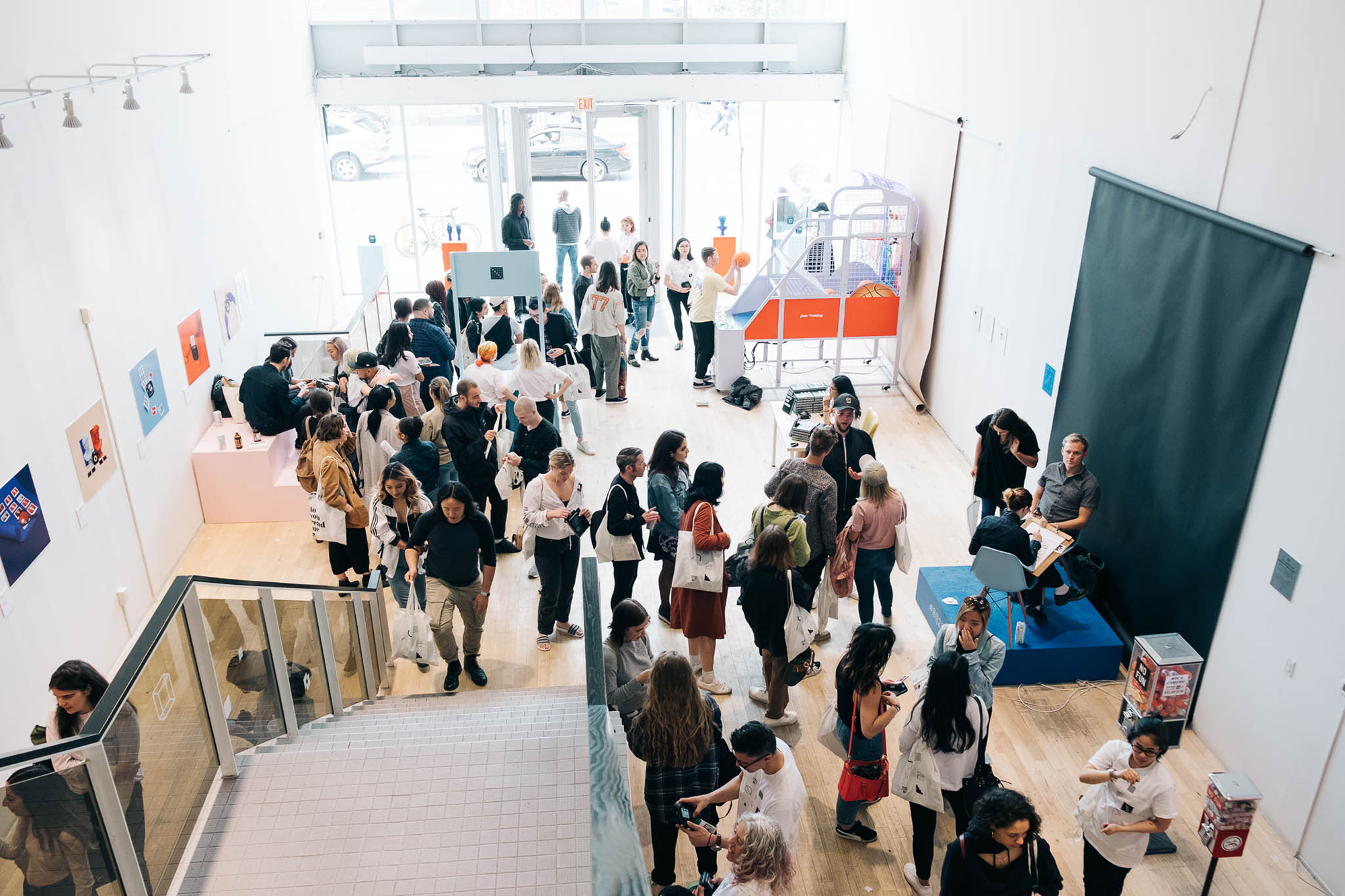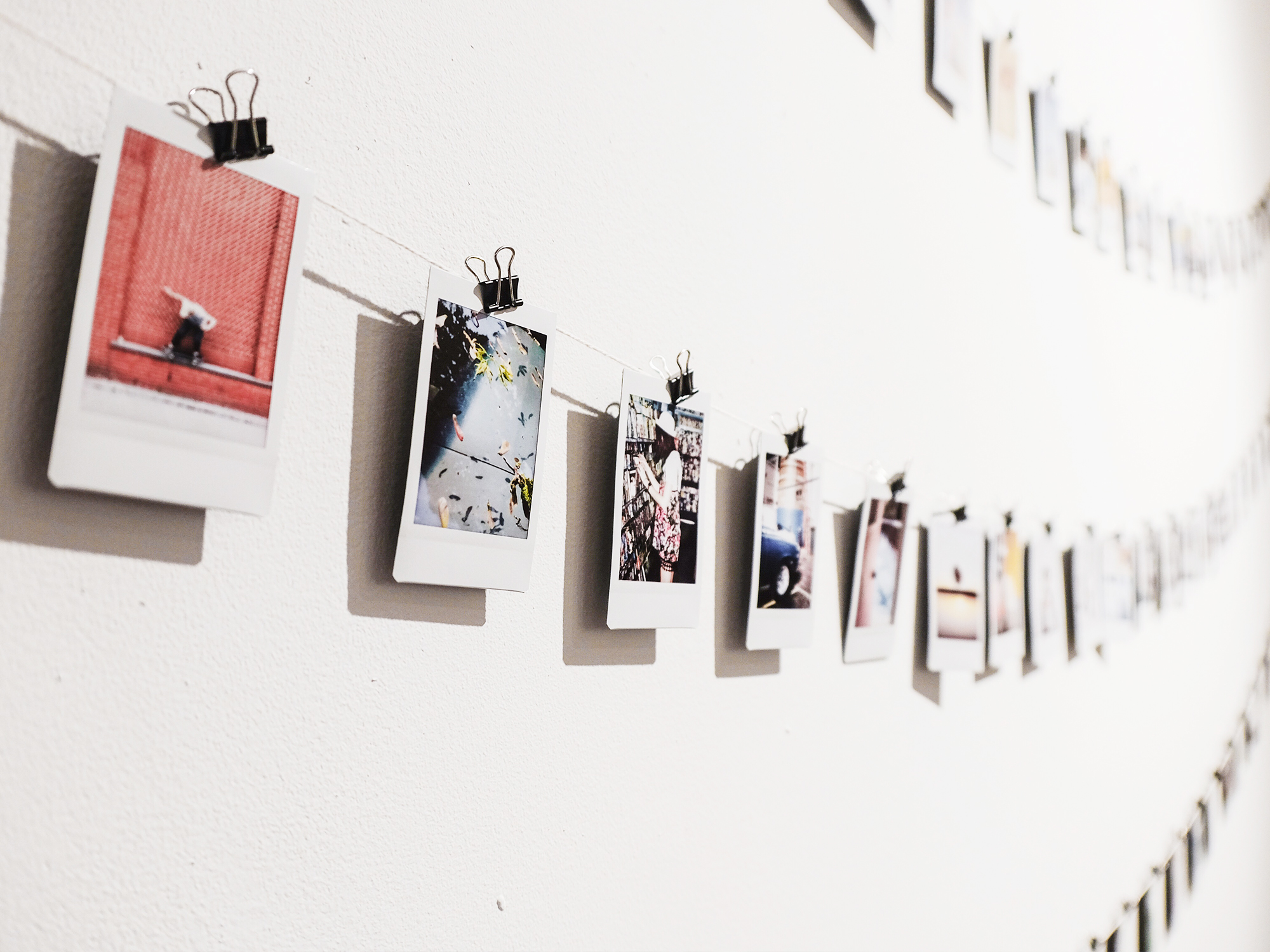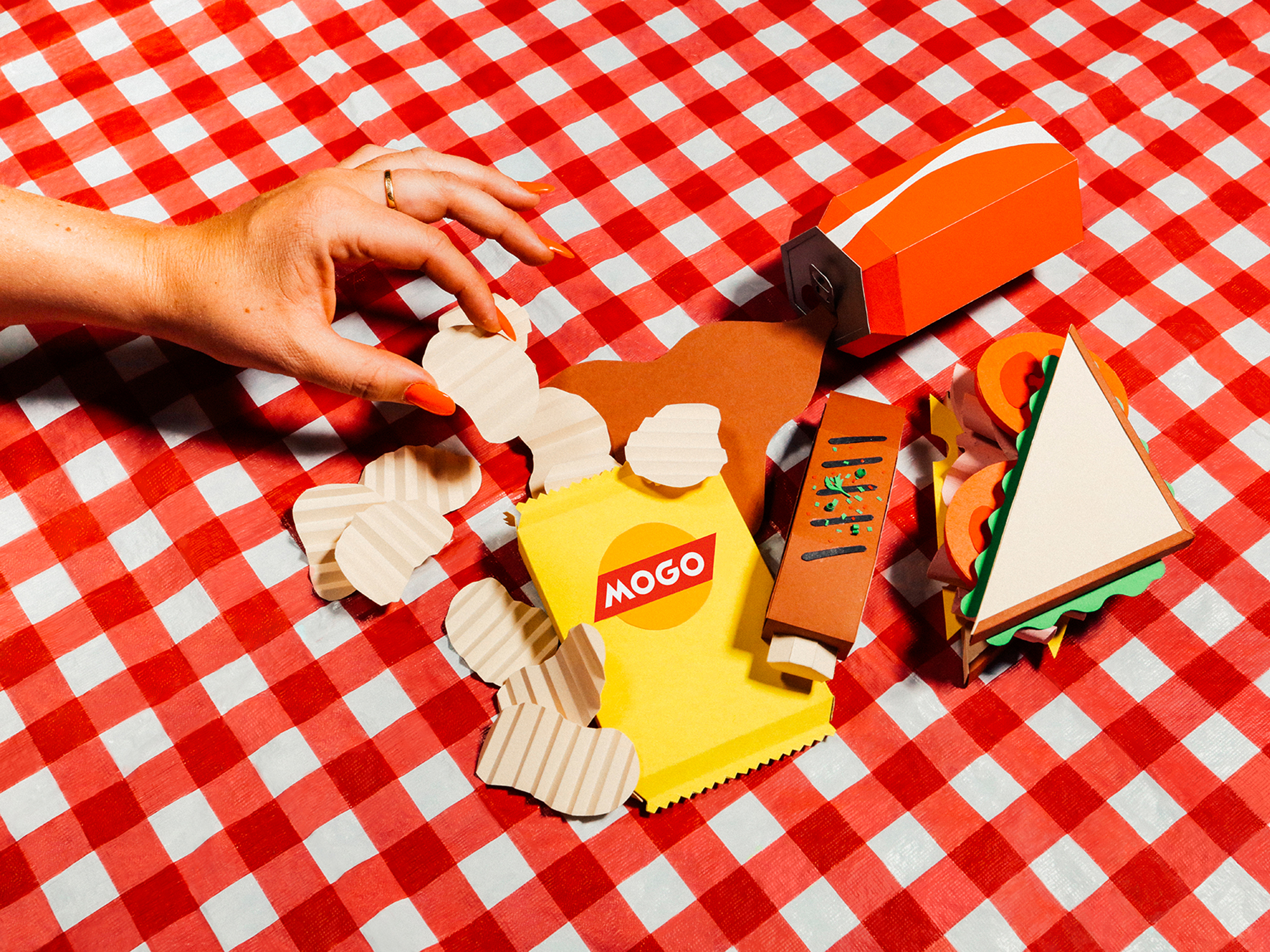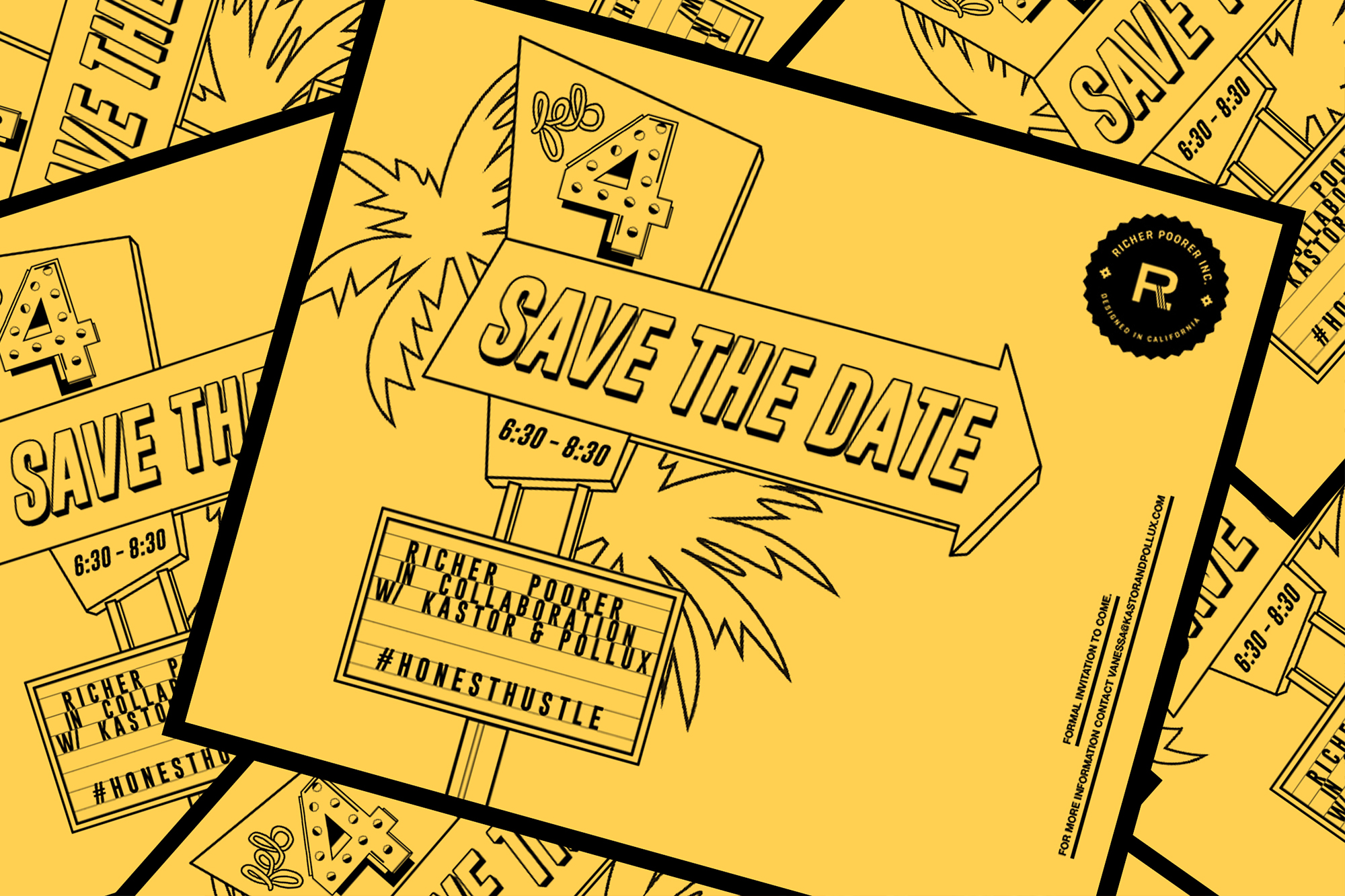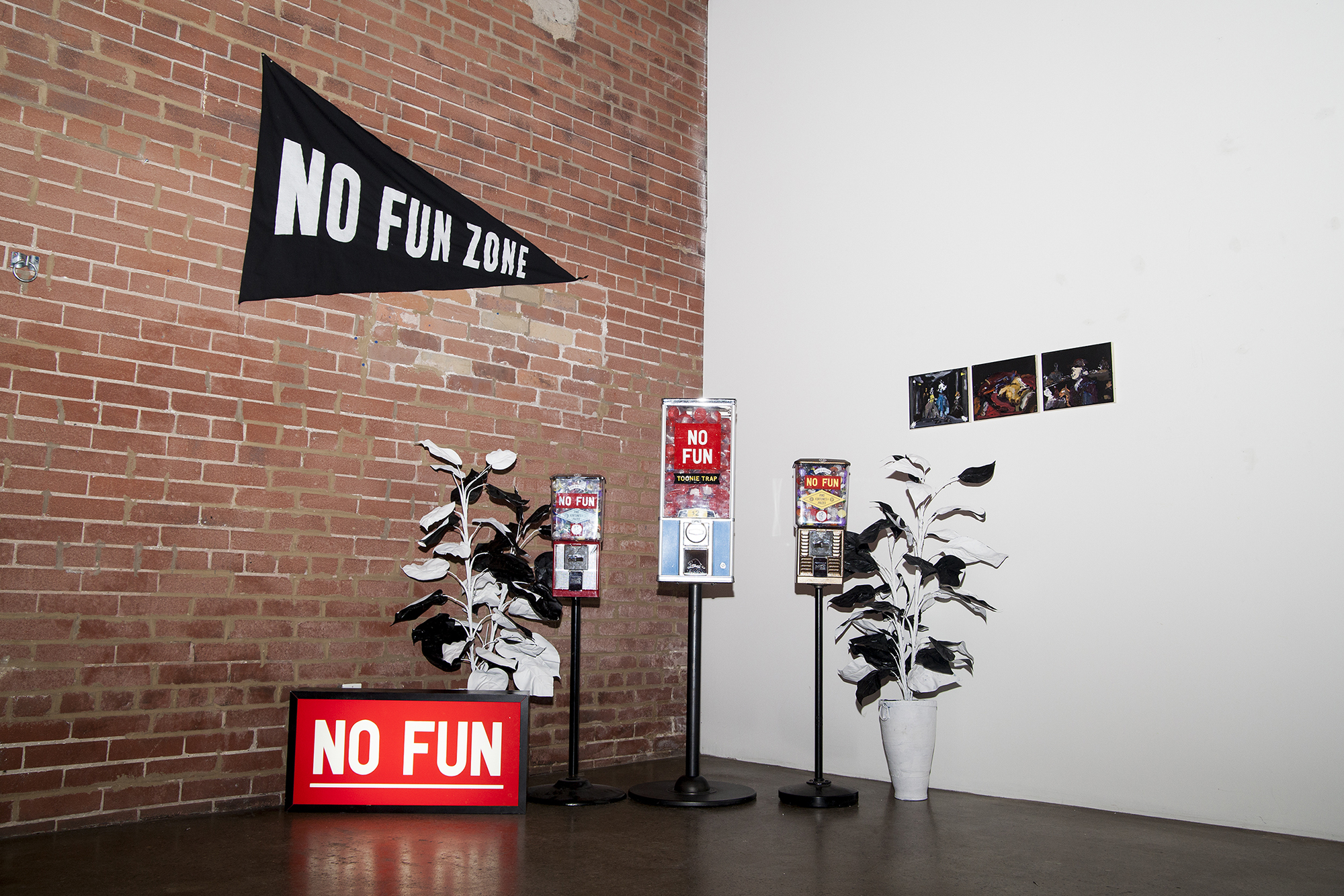Event Production
Squad Runs 500 Deep ft. Jenn Im
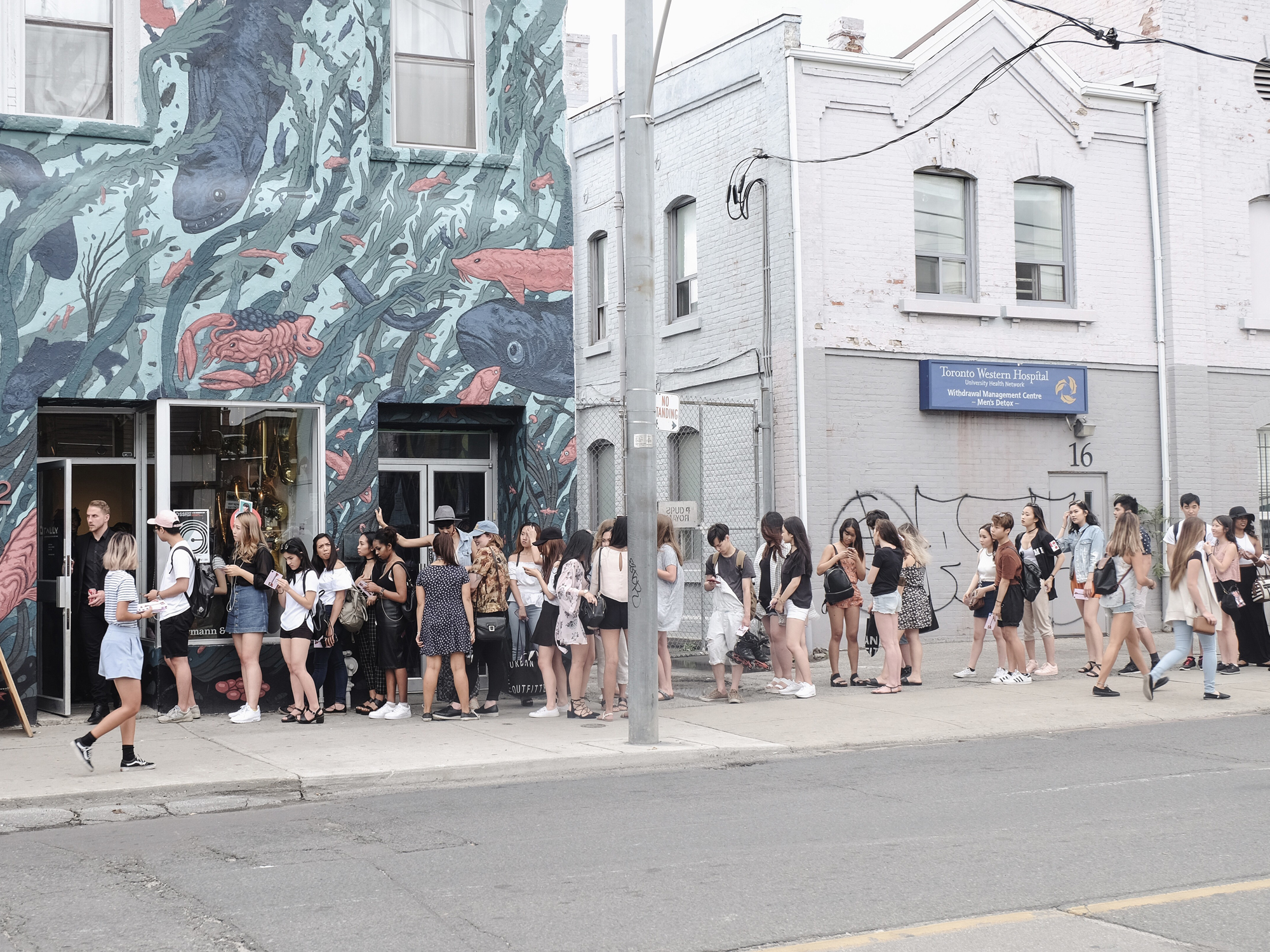
I first discovered Jenn Im on (the now defunct) Formspring.me back in 2012. Someone had anonymously commented that we had similar ~vibes~, and after perusing her channel I concluded that this was of the highest of compliments. Despite the fact we were still strangers, I instantly relayed this information back to her, and followed all her channels to kick-start our friendship. I’ve never been shy when it comes to turning URL friends to IRL friends, so it didn’t surprise me that after this interaction, Jenn and I spent nearly a year of exchanging emails before finally meeting in Toronto during the summer of 2013. Since then, we’ve hung out in LA and New York – and while the time between each meeting is simply filled with exchanging Instagram likes, when we’re together, it always feels like barely any time has elapsed.
I’ve always found digital friendships to be a fascinating, and over the past 10 years of being consumed by communities that foster said friendships, I have yet to meet someone who I’ve felt to be vastly different than my expectations. Dating back to 2006 (and my first run-in with online communities via Neopets.com), I have spent countless hours IM’ing, Skyping, and texting people who technically exist as nothing more than pixels on my screen. I suppose it comes with the territory: when you put any part of yourself onto the internet, you’re committing to a lifetime of cached information, feigned obligations, and an understanding that to some degree, privacy is mute. Being collective products of the internet, my online friends and I come from similar headspaces.
We acknowledge that even though the amount of followers we have may separate us, we’re all kind of in it together: we’re susceptible to the same nuances that define our digital presence. These commonalities are the reason that we are able to connect with individuals across the country – our shared experiences introduce us to people living on different continents; they expose us to new ways of thinking, and they further expand our networks with a simple DM or group iMessage thread.
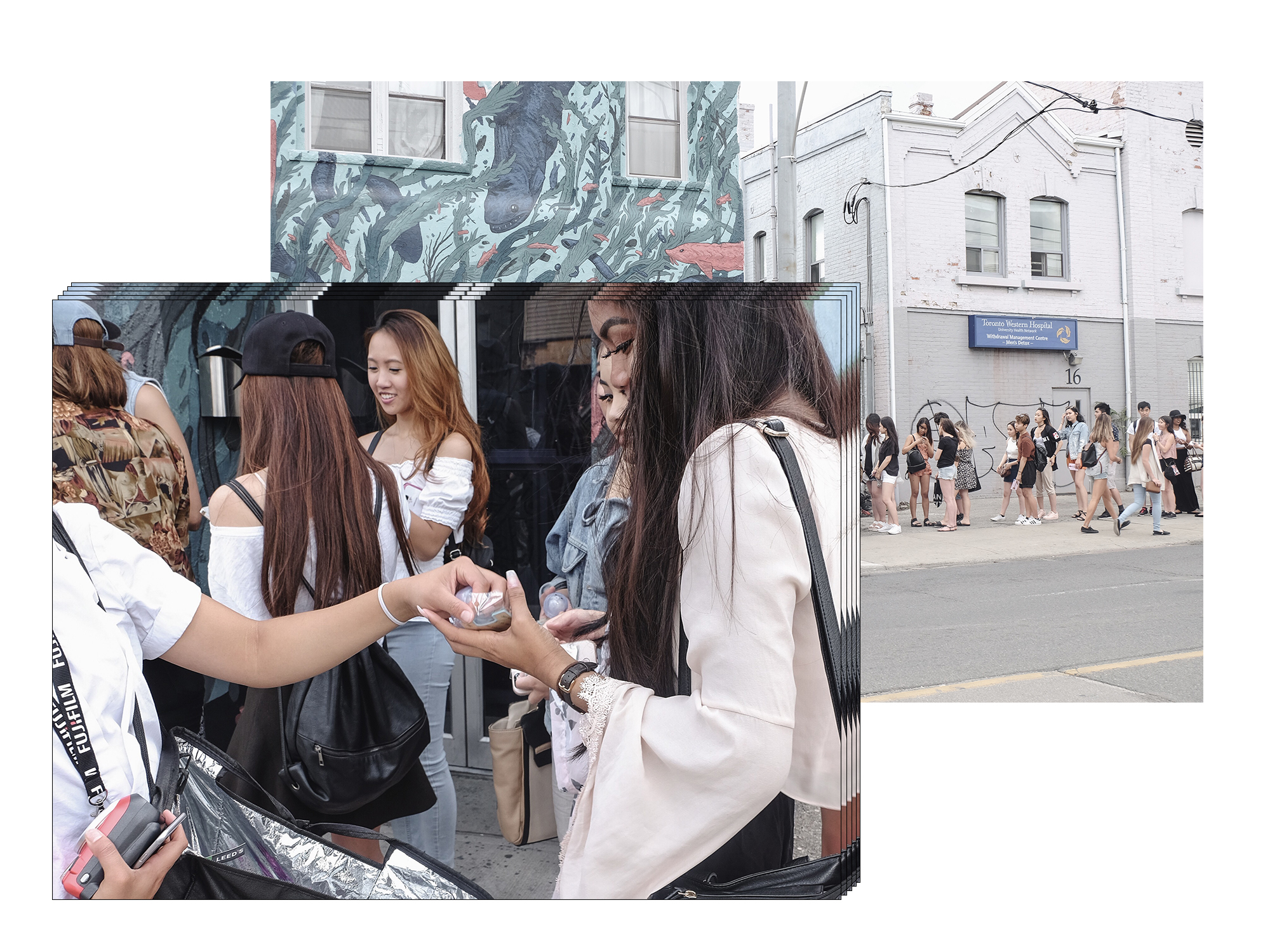 Photos by: Bianca Scarlato
Photos by: Bianca Scarlato
Much like my ambitions with Kastor & Pollux have been funneled into fostering collaboration with young creative-types, I’ve also been increasingly proactive when it comes to finding new and innovative ways to work with my friends – no matter their industry. Surprisingly, this goes beyond encouraging them to quit their jobs and work with me instead (though this has happened on multiple occasions). Rather, I like to test the limits of our friendship via spending a solid week together as we build things, and persevere through airport delays and cancelled flights so we can catch up on our respective lives, IRL. That said, it’s hard to not feel incredibly privileged to have the opportunity to further blur the lines between offline/online as monumental moments in my work continue to take my career full circle.
When I began conceptualizing the strategy for the Fujifilm SP-2 Printer event, I worked to distill the target market, and furthermore, the activities that this market would be most likely to engage with.
The product, a wireless photo printer that you can connect to via an app on your smartphone, addresses the fact that my generation is obsessed with the digital. We’re constantly taking pictures on our smartphones, but the divide between “digital” and “analogue” grows wider and more prevalent as time passes. In contrast, the boundary between “online” and “offline” is starting to close.
After observing and participating in online influencer culture for nearly 5 years, I’ve watched the dedication that goes into following online personalities, and I’ve grown to understand how the amount of impact these figures can have on an individual’s life. Think about the amount of times you’ve searched YouTube for how-to’s: from tutorials on how to replicate beauty looks to visual inspiration for date night outfits to dealing with mental well-being, online influencers cater to the masses. Not only that, they empower and remind people that you are capable of success because they themselves are self-made.
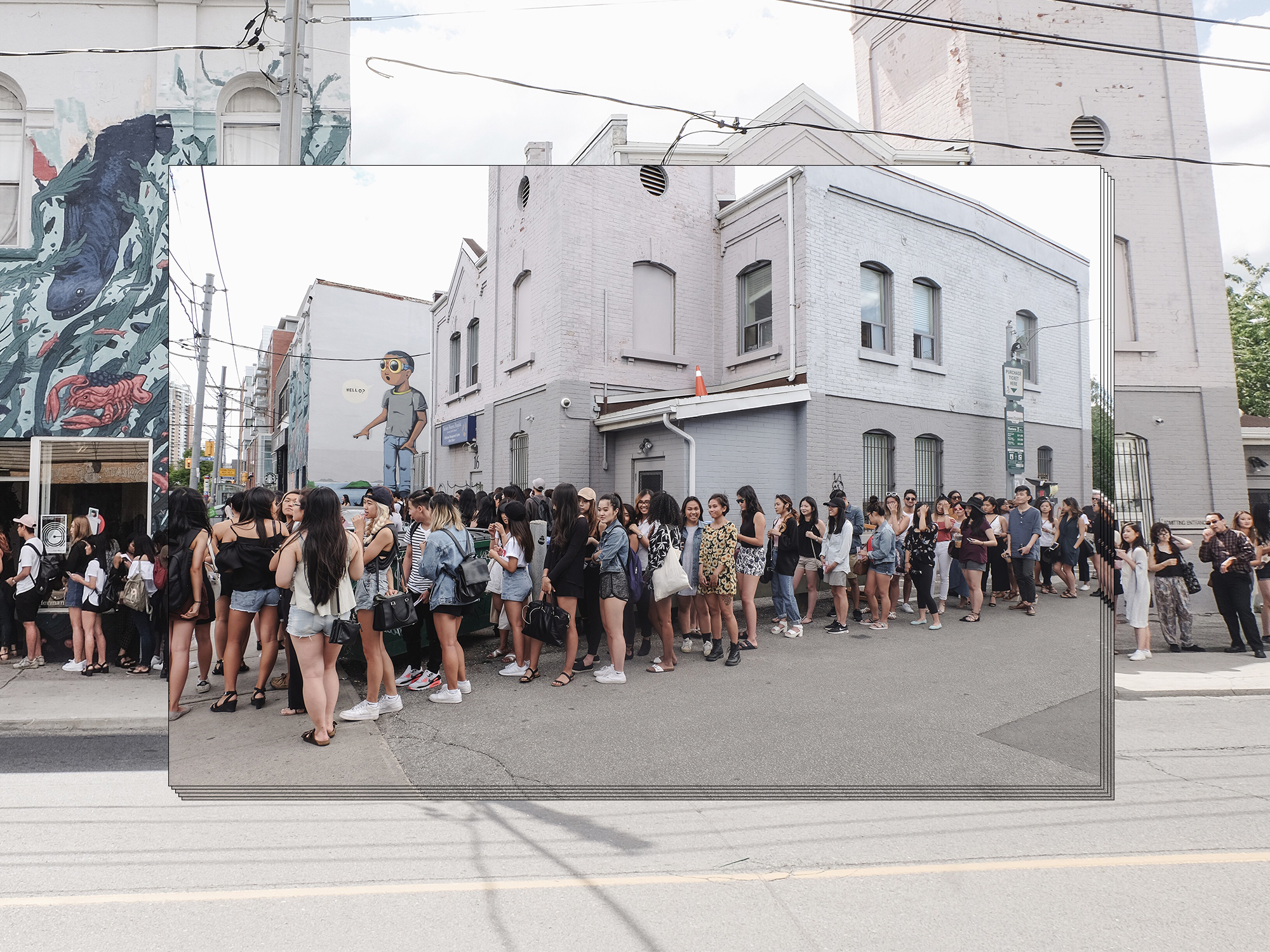
Online personalities and their offline audiences further blur the line of ‘digital’ and ‘analogue’ by connecting through meet and greets. Meet-ups are tried but true, but they’re important part of digital culture. This seemingly innocuous concept is powerful and pivotal for bringing people together under the same common interest — allowing digital celebrities to be humanized. The personal connection that their audiences have made via the pixels on their screen are actualized in the flesh.
The emotional turmoil that comes with organizing a meet-up is something that only someone who has hosted a meet-up can truly understand, and the emotional turmoil of hosting a meet-up is something only an “influencer” can understand. However, stress and anxiety aside, it’s impossible to deny the pride you feel when you see 500+ followers coil around a venue and its adjacent parking lot.
Much like the SP-2 Printer allows you to print physical manifestations of digital photos, Jenn’s meet-up directly demonstrates how the digital can transcend into real life…and that’s a really powerful thing. Many thanks to FujiFilm for allowing us to marry the digital with the analogue in all senses, as we actualized personal connections made through pixels on a screen, IRL.
